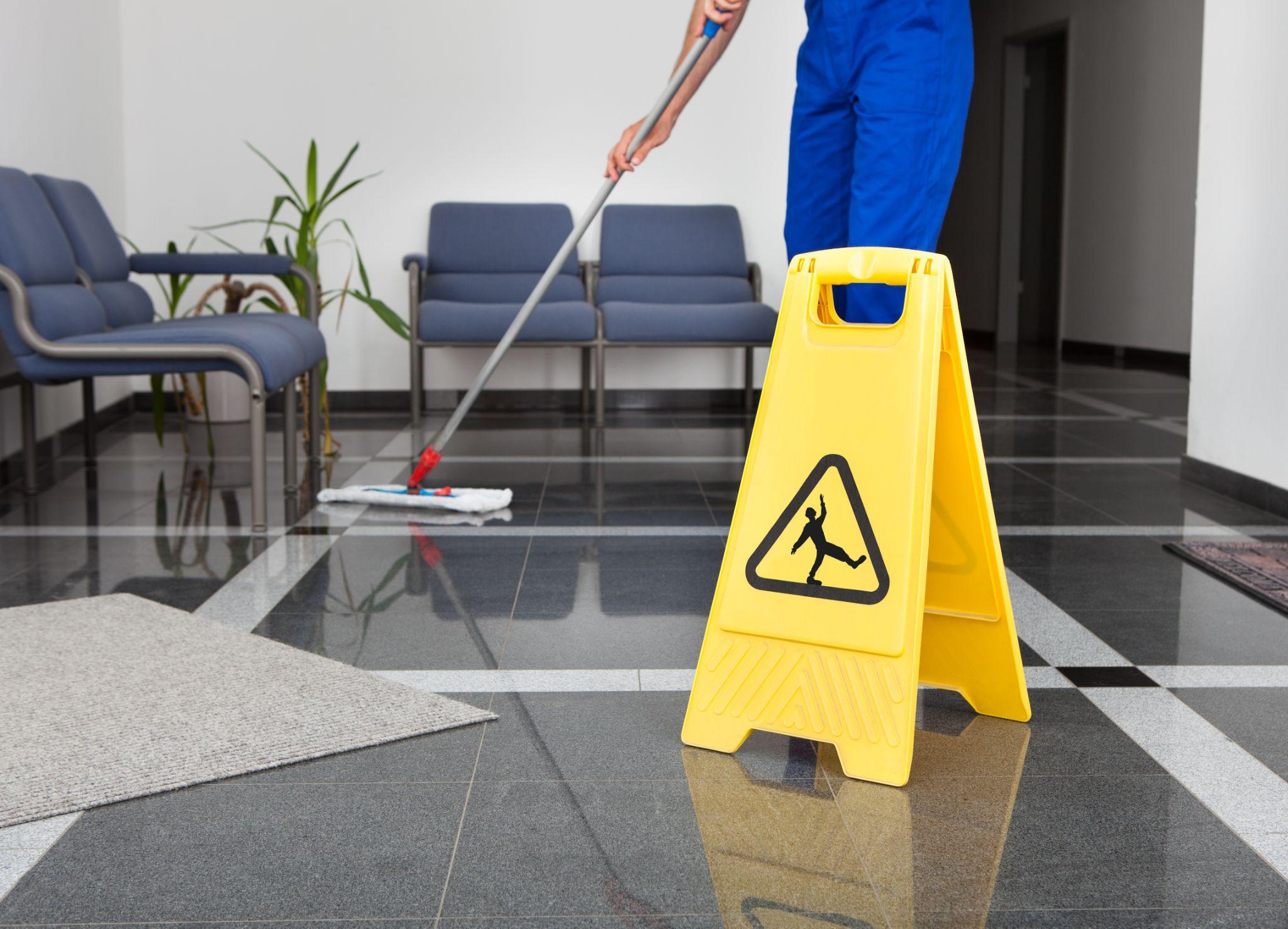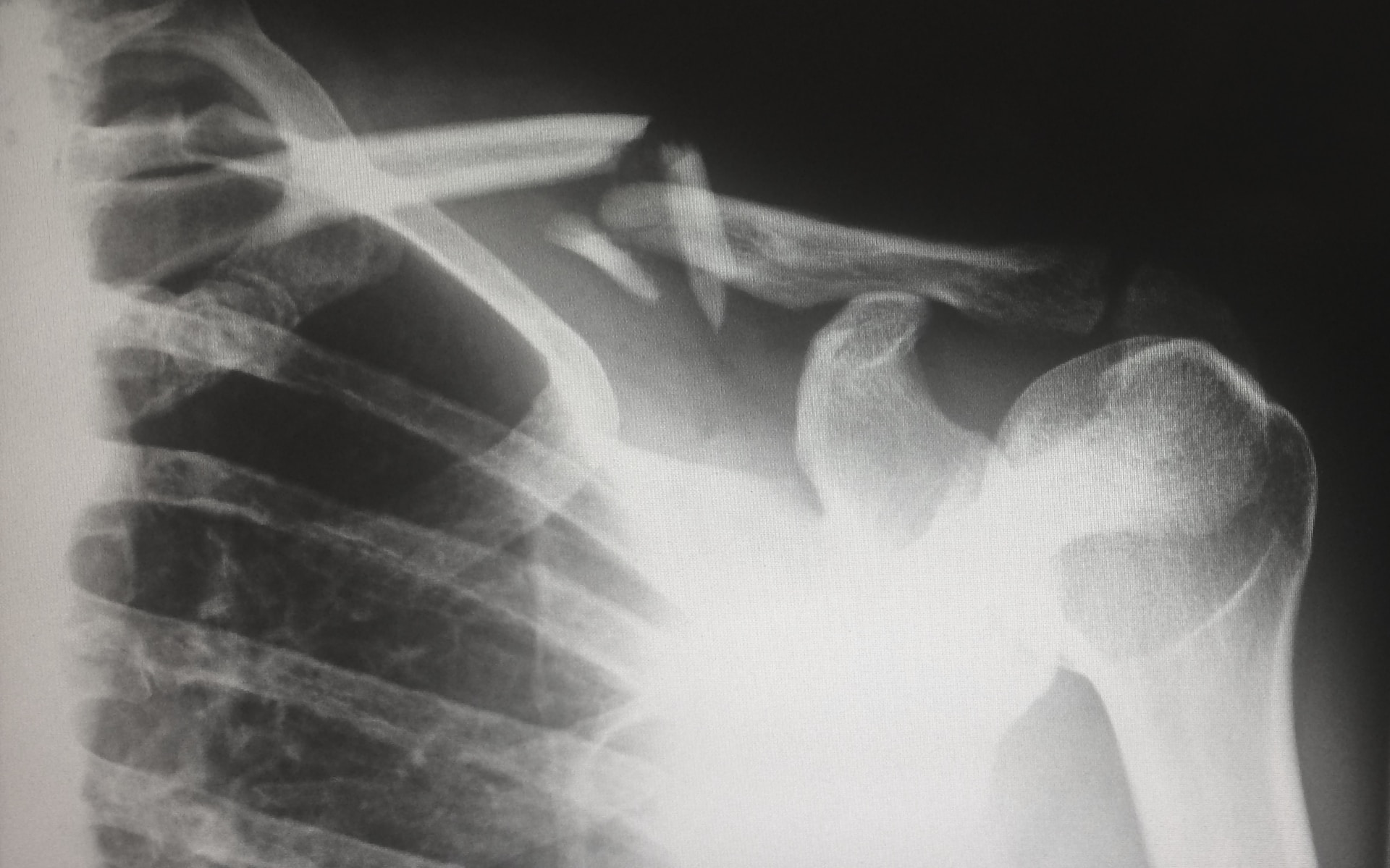UK employers must remain vigilant in protecting their employees’ well-being. Understanding the most common types of personal injuries in the workplace and the legal responsibilities involved is crucial for employers to keep their workers safe, happy and healthy.
Employers are responsible for ensuring that workspaces are safe and hazard-free under the Workplace (Health, Safety and Welfare) Regulations 1992 act. Failure to prevent such accidents can result in legal claims and fines.
In the following guide, we examine the injuries typically sustained in office environments, how they occur, and what employers must do to prevent them. We will also explore the legal repercussions of failing to prevent the relevant hazards.
Slips, Trips and Falls
Slips, trips and fall accidents can happen in any workplace, including technology business offices. Common causes include wet or slippery surfaces, poor lighting, and poor cable management or other clutter. Due to this, slips, trips, and falls can lead to a wide range of injuries, which may vary in severity depending on the circumstances. For example, a slip on a wet tiled floor may result in a more severe injury than a more gentle trip on carpet.
Another factor that can impact the severity of any injuries is the age and physical health of the individual; an older person or someone with mobility problems may suffer more from a fall than someone who is more robust. While personal injury cases review the damage done, the court will also consider the potential for injury and negligence on the part of the employer – so just because you believe the inhabitants of your premises would be okay if they had a slip, trip or fall, does not mean you should not take steps to reduce these hazards.
Some common injuries resulting from slips, trips, and falls include:
- Soft tissue injuries – sprains, strains and bruising affecting the muscles, ligaments, and tendons
- Fractures – particularly in the wrists, arms, hips, and ankles
- Dislocations
- Head injuries – concussion or traumatic brain injury that can range from mild to severe, and may have long-lasting effects on cognitive function and overall health
- Cuts and abrasions
- Knee injuries – ligament tears or damage to the cartilage, which may require surgery and rehabilitation
- Back and spinal injuries – sprains, strains, herniated discs, or even spinal cord injuries
- Shoulder injuries – rotator cuff tears or dislocated shoulders, which can be painful and may require surgery or other medical intervention
- Hip injuries – fractures and dislocations are common injuries, particularly among older individuals who experience a fall
- Facial injuries – facial injuries, including fractures, cuts, bruises, or dental injuries.
Regular inspections, hazard identification, and timely clean-ups can help to prevent slip and fall accidents.
Repetitive Strain Injuries (RSIs)
Repetitive strain injuries – or RSIs – are common in office settings. Carpal tunnel syndrome (CTS) and tendonitis are typical examples of RSIs that can occur from prolonged computer use. Both conditions can occur in the forearm and wrist if the individual does not take regular breaks to relax and stretch the muscles and tendons.
Employers have a duty to conduct regular workstation assessments, employee training, and the provision of ergonomic equipment, as well as allowing time for employees to give their arms a break.
Work-Related Stress
Work-related stress claims can arise from high-pressure environments and long working hours. Employers have a duty of care under the Health and Safety at Work etc. Act 1974 to address and manage stress in the workplace.
Employers can reduce stress claims by implementing flexible working hours, ensuring manageable workloads, and encouraging regular breaks.
Employers should be mindful of the fact that each individual under their employment will have different needs and will deal with situations differently. With that in mind, stress management and mental health issues should be handled with a degree of understanding, patience and desire to help. Do not dismiss the issues that your staff are struggling with. Instead, encourage them to speak about their issues by creating a friendly and safe environment. This can be done by facilitating channels for staff members to discuss their concerns, and if they do, take steps to understand and resolve them.
Other ways employers may be able to help employees with work-related stress include:
- Offering stress management resources
- Providing good opportunities for professional development
- Ensuring that employees understand their responsibilities and expectations
Manual Handling Injuries
Manual handling injuries are a common cause of workplace accidents, even in office environments. Although offices may not involve heavy lifting like construction sites or warehouses, manual handling tasks are still present. These tasks can include moving boxes, relocating office equipment, or handling deliveries. If not performed correctly, manual handling activities can lead to various injuries, such as sprains, strains, and muscle tears, affecting the back, shoulders, and neck.
Employers have a legal responsibility to ensure the health and safety of their employees, which includes reducing the risk of manual handling injuries. Management is required to provide proper training to all employees required to undertake manual handling duties. Also, mechanical aids – such as trolleys, carts or lifting aids – should be provided when necessary, and employers should recognise the signs of strain or fatigue.
Proper maintenance of any lifting equipment is also crucial to ensure its effectiveness and safety.
Injuries from Falling Objects
Injuries from falling objects can occur in workplaces when overloaded shelves or improperly secured items topple over. Employers have a duty to ensure that storage areas are safe and well-organised by conducting regular inspections and implementing proper storage techniques.
Injuries caused by falling objects can include head, neck, shoulder and back injuries, as well as hand or feet injuries.
Fire-Related Injuries
Fire hazards can exist in work environments, particularly in businesses where electrical equipment is abundant. Employers have a number of duties to prevent fire hazards and take action in the event of a fire. These include:
- Conducting regular fire risk assessments – hire a professional fire risk assessor and make note of the various risks associated with the premises. Risk assessments must be conducted yearly or every time a significant change is made to the workplace
- Implementing fire safety measures – take steps to minimise fire hazards, such as ensuring proper storage of flammable materials and maintaining electrical equipment
- Installing fire detection and alarm systems – make sure an appropriate fire detection system is implemented, such as smoke alarms or heat detectors, and a reliable alarm system should be in operation to alert employees in case of a fire
- Providing fire fighting equipment – such as fire extinguishers and fire blankets, which should be regularly inspected and maintained.
- Ensuring clear emergency exits and routes – ensure that emergency exits and escape routes are clearly marked, well-lit, and unobstructed at all times
- Developing an emergency evacuation plan – create a detailed evacuation plan, which should include instructions on how to evacuate the building safely, where the designated assembly point is located and who the designated fire warden is
- Training employees – provide regular fire safety training for all employees, including information on fire prevention, evacuation procedures, and how to use firefighting equipment.
Failure to take these required steps can result in serious injury and death should a fire occur and not be managed correctly.
What are the repercussions of personal injury claims?
Financially, employers may face substantial compensation payouts and increased insurance premiums. In addition, defending against such claims can incur considerable legal fees and administrative costs, which can strain an organisation’s resources. Moreover, personal injury claims can negatively impact a company’s reputation, potentially leading to a loss of clients, partners, or investors who may perceive the employer as negligent or unsafe. This could result in a decline in business opportunities and overall profitability.
Personal injury claims can have an adverse effect on employee morale and productivity, as employees may question the safety of their working environment and become disengaged. Ultimately, it is crucial for employers to prioritise workplace safety and take steps to mitigate risks, as failure to do so can result in costly and damaging consequences for their business.
UK employers must be aware of the most common personal injuries and the claims that can be brought against them, and take the necessary steps to ensure employee safety. By understanding their legal responsibilities and implementing preventive measures, employers can create a safe and productive work environment. Regularly reviewing and updating safety policies and procedures is essential to protect both employees and the business from potential injury claims and legal repercussions. By staying proactive and informed, employers can foster a culture of safety and well-being that benefits everyone.
By Natalie Marrison, Personal Injury Partner at Ramsdens Solicitors
















